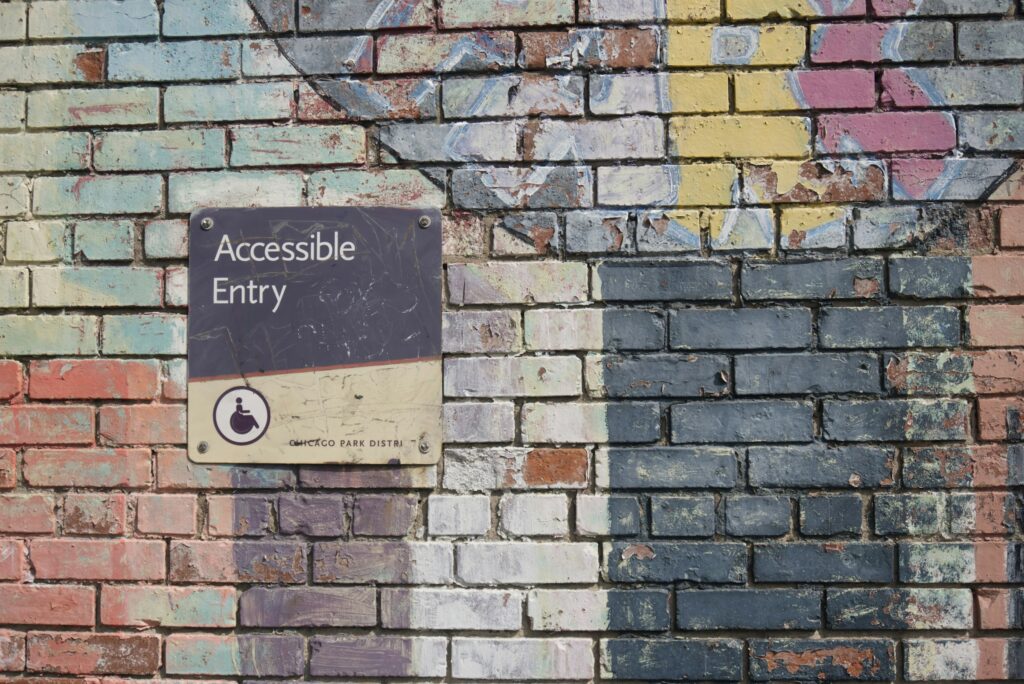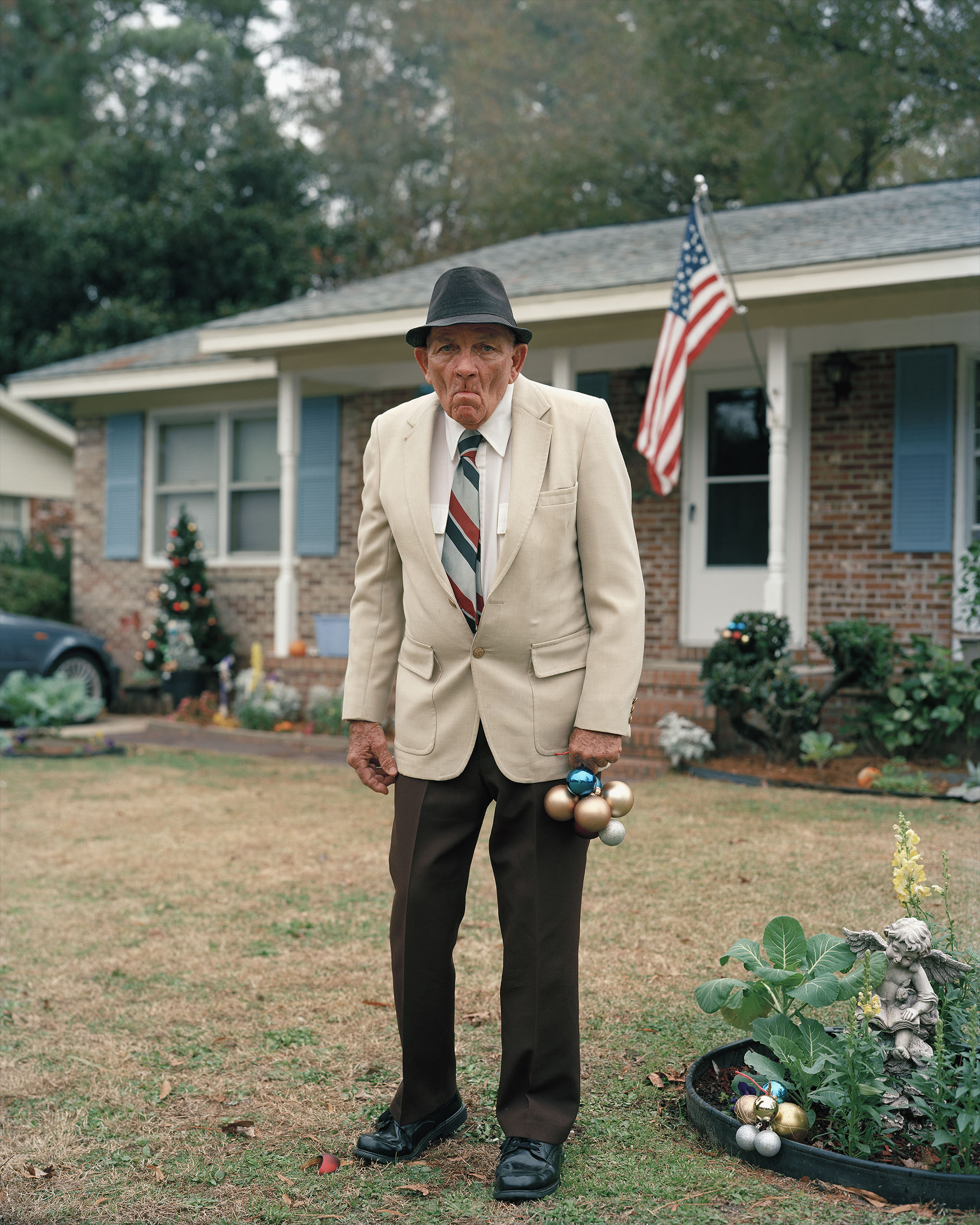Notes from the (Re)Design Studio: Accessible Design on a Lit Mag Budget
6 Minutes Read Time
6 minutes read time

Assistant Managing Editor Bess Winter: Fun fact: according to WebAim’s 2024 report on the accessibility of the top million sites on the internet, 95.9% of websites were inaccessible in one form or another. Arts and Entertainment and News and Information sites, in particular, were offenders.
Another fun fact: the web accessibility industry almost universally charges rates more appropriate for businesses and corporations. In one case, we were quoted $50k for accessibility-related training materials. When corporate prices are the standard and, at the same time, web accessibility is rightly becoming the norm, that’s a recipe for edging out small presses, independent journals, local bookstores, and other key players in a healthy and robust literary community. Amazon, Google, and Barnes & Noble can afford to throw money at “accessibility” writ-large, oftentimes adding pop-up tools to a site as a band-aid solution. A just-launched journal run by one person has to make wise design choices at the very beginning in order to be fully accessible.
So, how does a literary journal—especially a fledgling effort that’s run by maybe one or two people—shape a web presence that’s both accessible and pleasurable to use, without breaking the bank? In our redesign process here at CR we’ve come up with some solutions that can be scaled to fit journals large and small.
Keep it simple—and design accessibly from the start
Some prose writers start with an idea and shoehorn a plot in later. If you are that kind of writer, kudos to you—I am not that kind of writer, and would rather kiss a subway rat than have to figure out what a story is about after a draft or two. When it comes to accessible web design, planners definitely have the advantage. Planning to design with WCAG standards in mind not only alleviates future headaches and expenses but means you’re being intentional about creating an accessible space online, rather than treating accessibility as an afterthought.
Many journals just starting out will use out-of-the-box web themes from WordPress, Squarespace, and the like. None of these is perfect, but a quick search online will yield a list of accessibility pros-and-cons for each, which will give you an idea of areas where you’ll need to fill in the blanks with code (hiring a freelance coder is an option here). This Medium post by Colleen Gratzer does an excellent job of explaining the ins-and-outs of working with “accessible” WordPress themes.
Finally, when in doubt, keep it simple. All a literary journal is, when you boil it down, is words on a page. All you need in order for a journal to be successful online (provided the work is good and has a readership) is words on a screen—and words, laid out cleanly on a page with a well-considered, contrast-friendly color scheme, can be aesthetically pleasing in and of themselves. There is a direct and proven relationship between the number of elements on a website and accessibility audit failure rates, so keep it clean, keep it simple. Moving elements, flashing graphics, colors and images meant to convey meaning or lend the site a certain feel: do you actually need these? And, if your answer is yes, ask yourself why look is more important than content. (N.B. Several “top-tier” journals have websites that are far too graphics-heavy and difficult to navigate—they did not pass accessibility audits when we tested them internally.)
Get outside opinions
Here at CR, we have a Disability Advisory Board (members are listed in our masthead). This is a group of professional writers who span a wide range of ages and demographics, as well as abilities. Several times a year, the board meets to discuss major upcoming decisions, events, and other considerations.
The DAB has changed the way we run the journal. We can thank the DAB for the fact that our twentieth-anniversary AWP event—and the Monster Mags of the Midwest reading — were held in an accessible space, offered access copies, and encouraged masking. Closer to home, the DAB has helped us immensely in brainstorming ideas about talking about access with our staff and volunteers, and in determining the scope of our web redesign by drafting a working definition of “accessibility” as it pertains to our online presence. They are a key part of the way we run. Having those real, human conversations about the ways people with disabilities experience the literary world keeps us honest. It helps us do what writers always strive to do—empathize. And, when it comes to making decisions about how our journal and its events look, feel, and are experienced, it de-centers us as editors and centers our readers.
Disability Advisory Boards are a recommended best practice from the NEA, but we are, as far as we know, the only literary journal that employs one. We’re lucky to be an endowed journal that can afford to pay these contractors for their time, which not all journals can do—and which is essential when it comes to ethical, equitable practice.
But, as our DAB members often reiterate to us, accessibility is a process, not an endpoint. Perhaps you can’t afford to pay a group of consultants—could you pay one consultant? Could you establish a trade relationship with one or two web users or writers with disabilities—say, an hour of their time spent discussing the journal’s goals in exchange for a meal, editorial work, publishing coaching? Of course, there are many forms of disability, and one person with a disability cannot possibly represent them all (also, be sure that if you want that person to complete a test or task—e.g., evaluate the site’s readability—they already regularly use the corresponding assistive technology, in this case magnification or a screen reader), but even one person can do much to introduce you to ways of thinking and seeing the world that are different from your own.
Just Get Started
Ultimately, no website is perfect, and very few websites, with the exception of select government and academic ones, are truly fully accessible across a range of devices, technologies, and abilities. But the design journey we’re taking with CR has shown us that everyone benefits from making accessibility not just a priority but an ongoing process. You can only gain more readers and amplify more voices, not fewer. There’s always room to grow.
